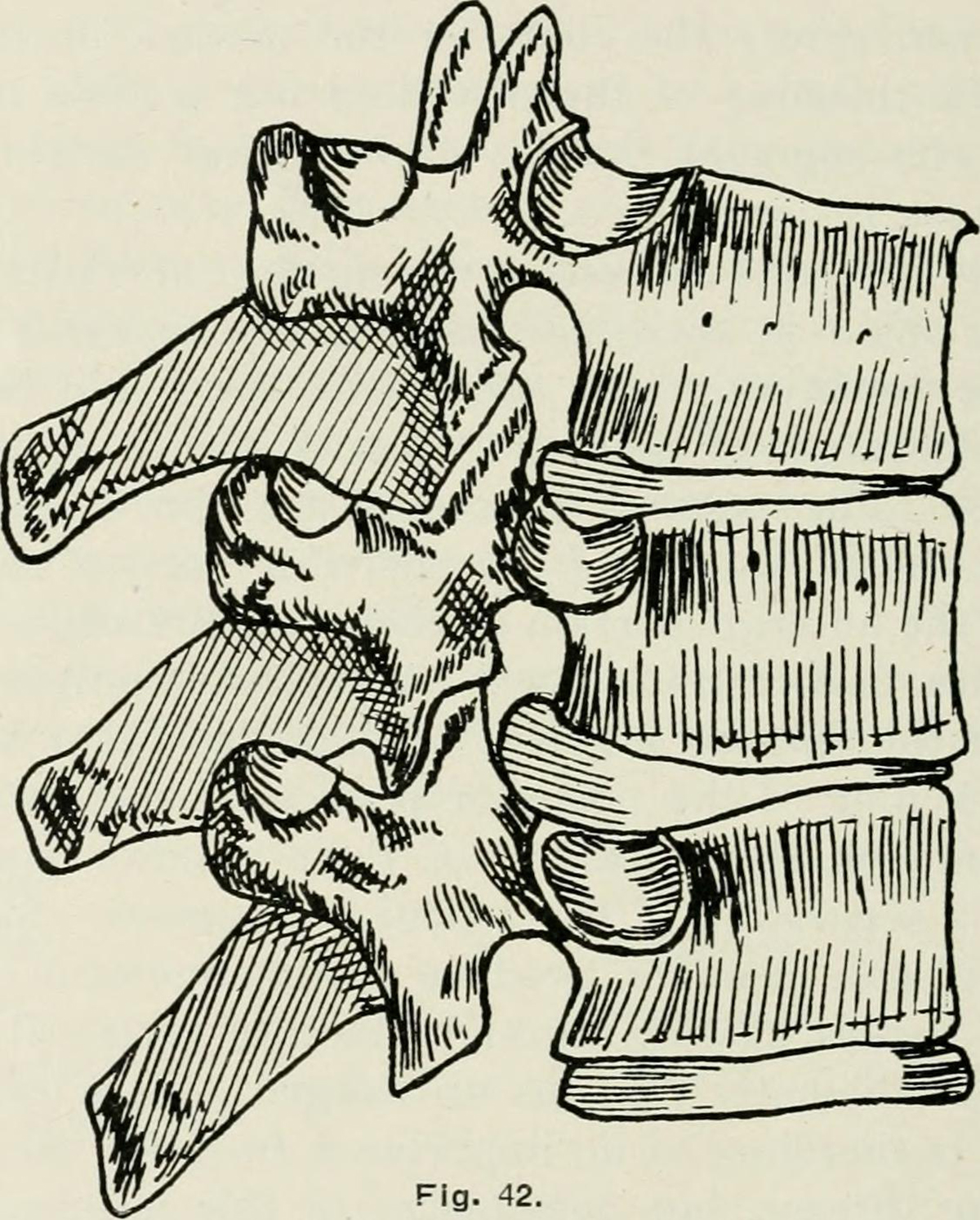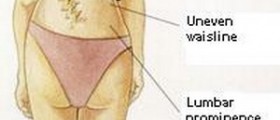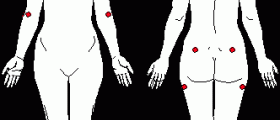
Cervical Kyphosis
Cervical kyphosis is a spinal disorder which affects cervical part of the spine. Curvature of the cervical spine normally extends inwardly. Cervical kyphosis is a condition which features with straightening of this curvature. Mild cases of the disease are basically asymptomatic while patients who are suffering from extreme cases of cervical kyphosis may experience significant difficulties with breathing.
Causes of Cervical Kyphosis
The leading cause of cervical kyphosis is degeneration of spinal discs. This condition is age-related and commonly affects elderly people. In elderly people disc loses it elasticity and wears off causing the change in spinal curvature in which the head tilts forward. Osteoporosis is another cause of this spinal disorder. In osteoporosis weakening of the vertebrae, fractures and consequent compression may result in kyphosis. Cervical kyphosis may also occur in trauma of the head and neck. Ankylosing spondylitis is a chronic disease of the sacroiliac joints of the spine and the pain which commonly occurs in this disease may cause prolonged stiffness of the neck muscles resulting in kyphosis. Arthritis is another inflammatory disease which may cause cervical kyphosis. And finally, in some patients, this spinal disorder is classified as iatrogenic because it occurs due to spine surgeries such as laminectomy.
Symptoms of Cervical Kyphosis
The obvious sign of this disorder is hunched back. Patients commonly complain about cervical pain and stiffness of cervical muscles. They may feel weakness or spasticity of arms or legs.
In extreme cases one loses control over the bladder and bowel and suffers from heavy breathing. In these patients chest pain may occur as well. If left untreated cervical kyphosis may eventually result in paralysis.
Treatment for Cervical Kyphosis
The diagnosis of cervical kyphosis can be easily set by either X-ray of the spine or by MRI. Apart from conformation of the disorder the doctors need to find the underlying cause of kyphosis.
The treatment exclusively depends on the pressure that is exerted on the spine.
Surgical repair is only left for the cases which feature with the onset of neurological symptoms. The explanation is simple. The very spinal surgery carries significant risk of injury to the spine and spinal cord so it is simply not indicated if symptoms are not serious enough. Surgical repair includes straightening of the spine with metal rods. Furthermore, the goal of other surgical procedures is to reduce the pressure to the spine and prevent further complications of the disease. These surgeries include fusion of the vertebrae.
Physical therapy is crucial for proper rehabilitation after the surgery and it is also applied in patients who are treated conservatively.



-Causes,-Symptoms,-Diagnosis,-Treatment_f_280x120.jpg)













Your thoughts on this
Loading...